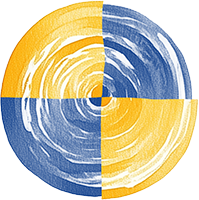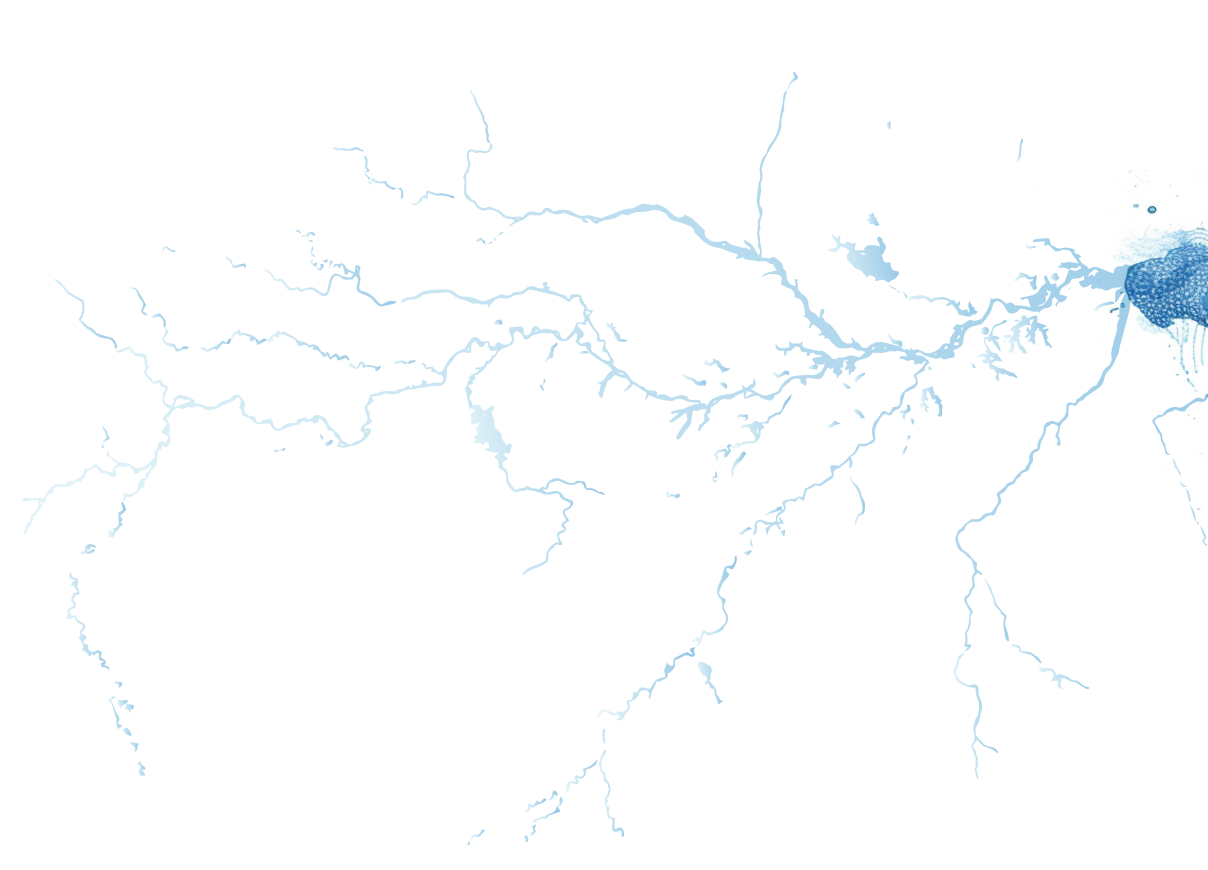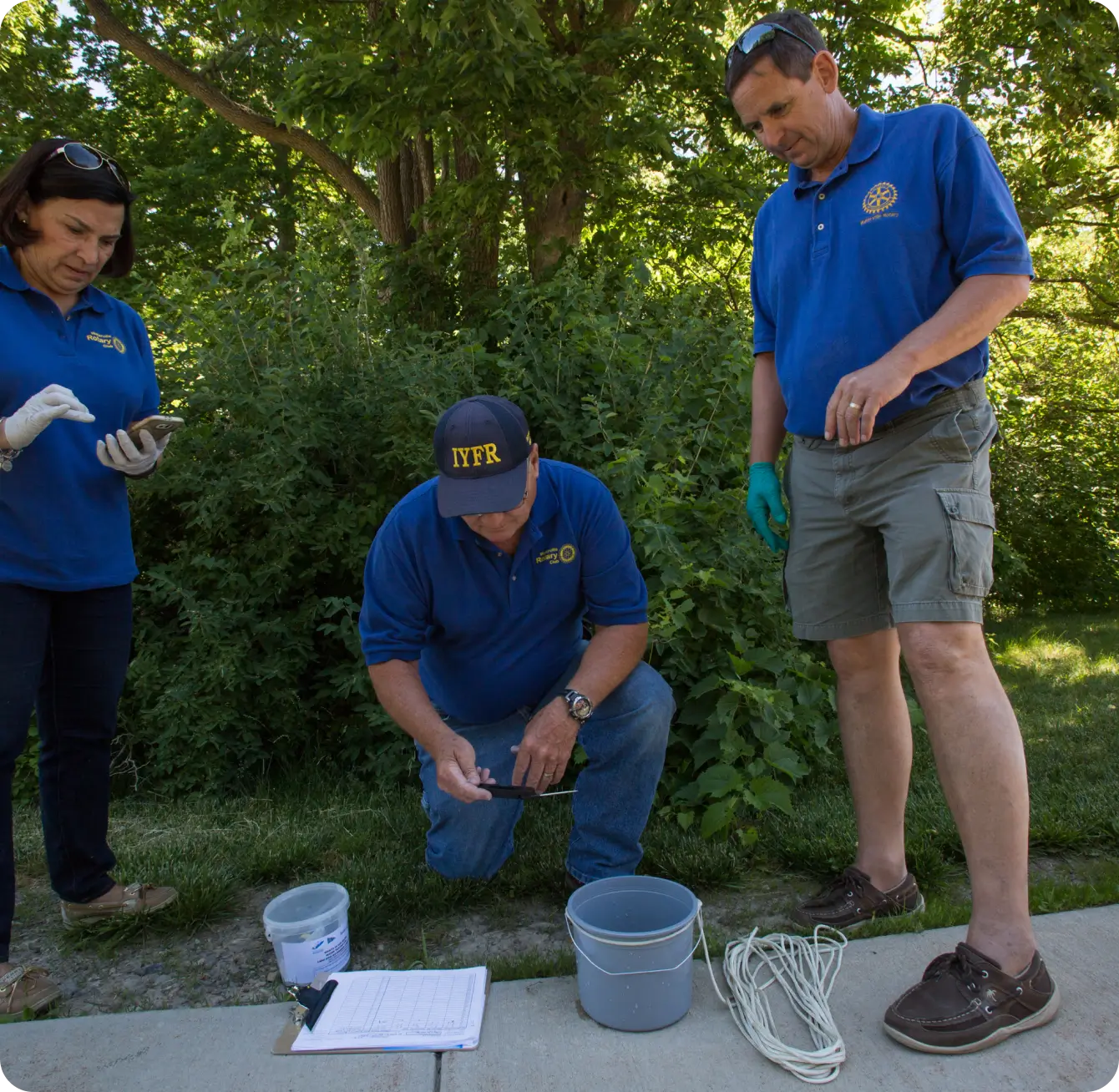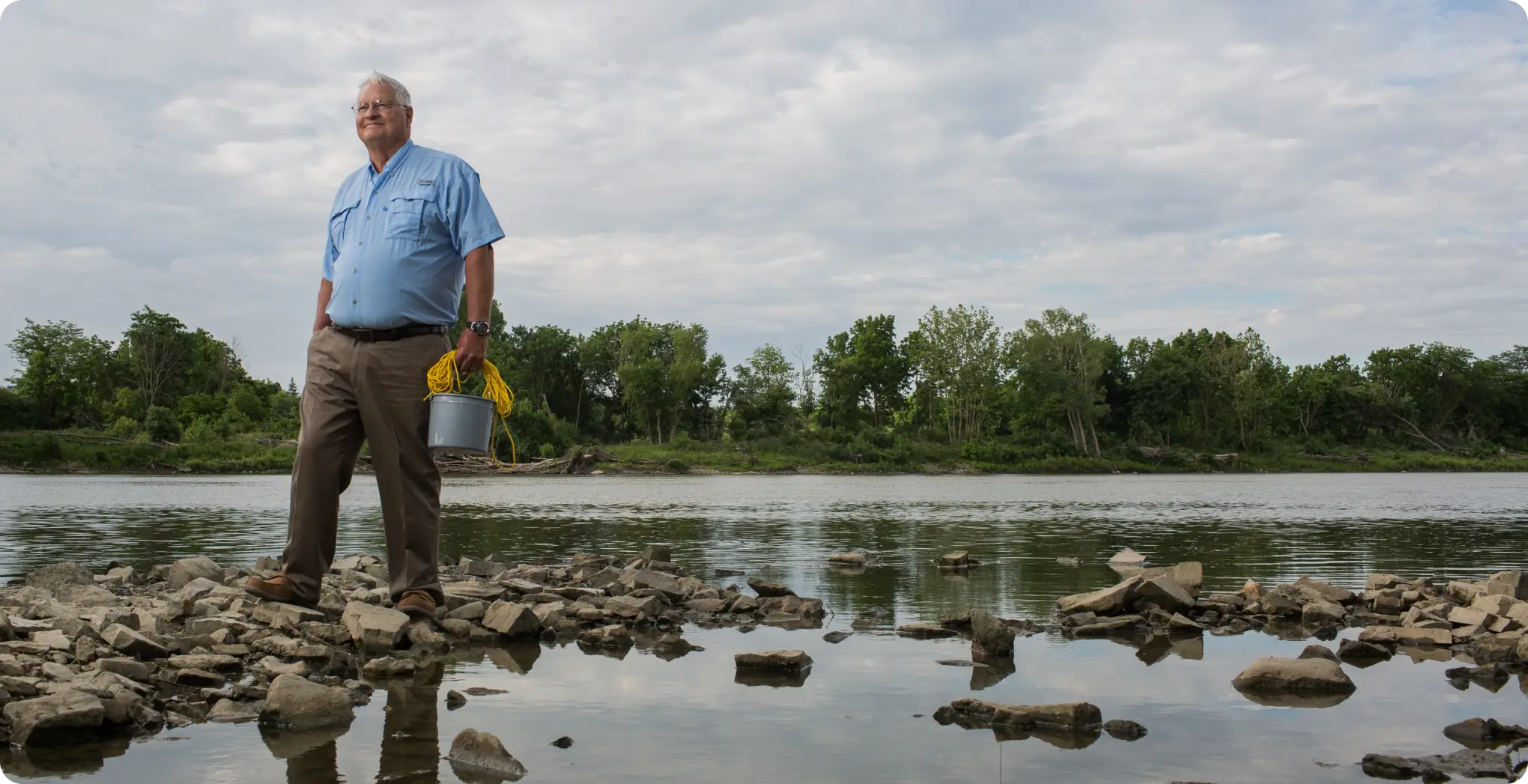
Earthwatch Europe has developed a global citizen science framework through FreshWater Watch, an initiative to collect data on freshwater quality around the world. Rotary clubs can join by signing up as a local group with a subscription package and purchase FreshWater Watch kits. Clubs should nominate 1 to 2 group leaders, who will be responsible for managing the collecting and reporting of the data on behalf of their club (or district).
The subscription package includes having your Rotary Group set up on the online platform, access to the database, app and data visualization tools, online training for group leaders – including on how to select sample sites, engage volunteers and interpret data, as well as resources for volunteers, mainly the detailed FreshWater Watch methodology and a training video.
The water sampling kits include: a Secchi tube to measure turbidity, nitrate test packs, phosphate test packs, color charts, a sample cup, gloves and a protocol sheet. Find more information about how to join here.


